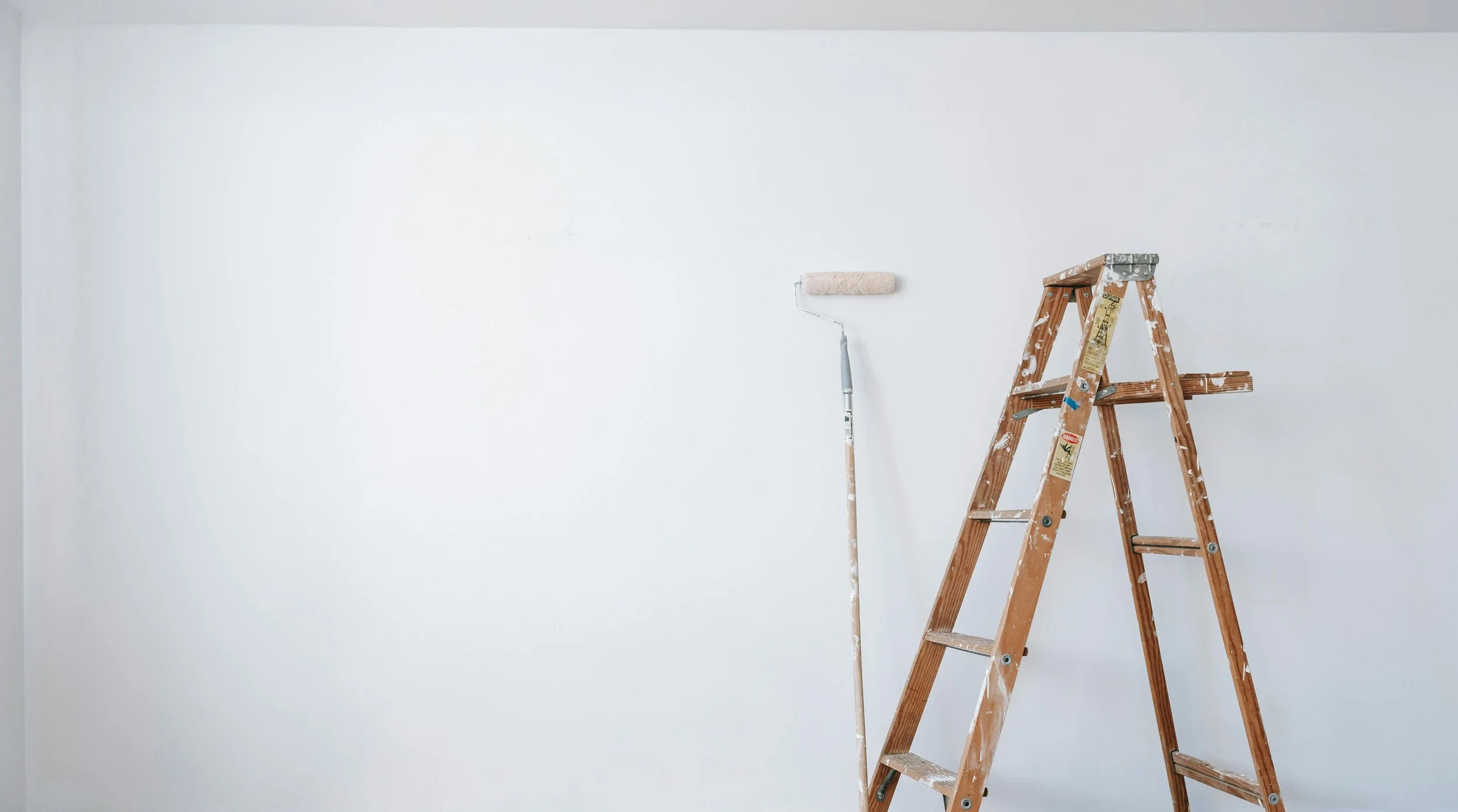
Primer is the foundation of a flawless paint job. Designed to seal, bond, and create a uniform surface, it ensures that your topcoat adheres properly and maintains its true color over time. Whether you’re coating new drywall, repainting previously finished walls, or addressing problem areas, using the right primer helps achieve professional, long-lasting results. Understanding how primer works—and when to use it—is the first step toward a finish that performs as beautifully as it looks.
When To Use a Primer
-
Apply primer to bare surfaces such as drywall, wood, metal, or masonry before painting to seal the surface and provide a uniform base for paint.
-
Use primer over repaired areas to ensure paint adhesion and to prevent the repaired spots from showing through the paint.
-
When transitioning between light and dark paint colors, primer helps to neutralize the underlying color and ensures the new paint color appears true and vibrant.
-
Primer is essential on stained surfaces to block stains from bleeding through and to provide a consistent surface for paint.
-
Use a moisture-resistant primer in kitchens, bathrooms, and other high-humidity areas to prevent paint peeling or bubbling.
Why Use a Primer
-
Primer creates a bond between the surface and the paint, improving adhesion and reducing the risk of paint flaking or peeling.
-
Porous materials like wood and drywall absorb paint unevenly, leading to blotchy results. Primer seals pores, ensuring a smooth and consistent finish.
-
Stain-blocking primers prevent stains from bleeding through the paint, particularly useful on surfaces prone to water, smoke, or tannin stains.
-
Primer enhances the durability of paint by providing a barrier against moisture, mildew, and environmental elements, extending the lifespan of the paint job.
-
Using primer reduces the number of paint coats needed to achieve full coverage, saving time and money.
Primer Features
Choosing The Right Primer
Selecting the appropriate primer depends on the surface type, condition, and the intended use. Water-based primers are versatile and easy to clean up, suitable for most interior projects. Oil-based primers offer superior adhesion and stain-blocking properties, ideal for challenging surfaces and exterior applications
Primer sets the stage for lasting results.
Using primer is a crucial step in any painting or refinishing project to ensure a smooth, durable, and professional finish. By understanding when to use primer and the benefits it provides, you can achieve exceptional results that enhance the beauty and longevity of your surfaces. Incorporate primer into your next project and experience the difference it makes in transforming your space.



